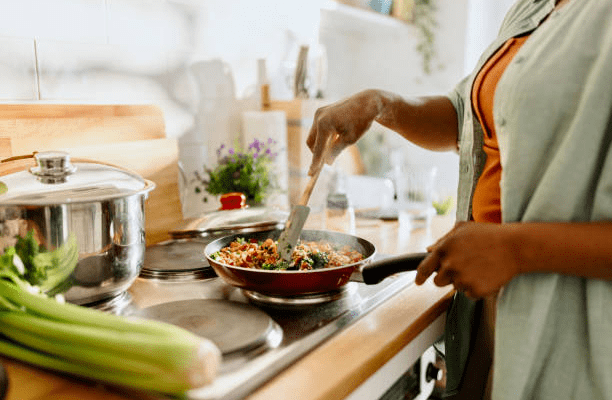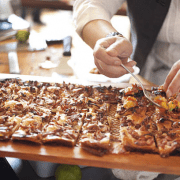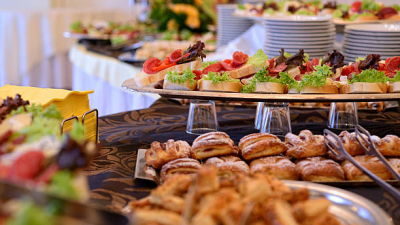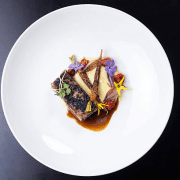India’s culinary legacy is as vast and diverse as its cultural heritage. Nevertheless, many traditional recipes have sunk into the abyss amongst the frenzied din of busy kitchens and bustling food scenes. These forgotten Indian recipes have memories and flavours that bear witness to the country’s historical and regional diversity. On this blog, I set out on a mission to revive these extinct cuisines by bringing back Bangalore’s taste buds to yesteryears.

The Magic in Forgotten Recipes
In our search for new age cooking styles we tend to forget some golden oldies. However, forgotten Indian recipes are not just about food but they are about preserving traditions, understanding regional variations and appreciating the inventiveness of our forefathers. These recipes take us back in time when traditional Indian cuisine was very simple yet complexly unique.
Lost Flavours Rediscovered
Amritsari Macchi: This little known fish curry from Punjab is seasoned with spices and mustard oil which gives it a flavour that sets it apart from other popular dishes like butter chicken or paneer. The use of carom seeds and gram flour lends it an unmatched texture and flavour.
Patoleo: Made using rice, jaggery, and coconut steamed inside turmeric leaves; Patoleo is a Goan sweet dish. This lost recipe seems a festive delicacy typically prepared during monsoons on special occasions only.
Khoya Puri: From Gujarat and Maharashtra regions comes Khoya Puri which is a sweet bread filled with khoya (reduced milk), sugar, cardamom et al. It used to be one of those must-have dishes during festivals or celebrations but now people prefer modern-day desserts instead.
Why it Matters That We Revive Lost Cuisine
Bringing back lost Indian recipes is more than mere nostalgia; it is about conserving our cultural heritage and promoting sustainable food options. These recipes most of the time only use locally sourced ingredients and traditional cooking methods that are also environmentally friendly. Furthermore, they provide a healthier substitute for commercially made processed food we often consume.
Cooking Techniques That Deserve a Comeback
Dum Pukht: This technique of cooking slowly on a low simmer, which originated from Awadh’s royal kitchens involves sealing food in heavy bottomed pots with low flame. The method helps to keep the natural content of the products as they cook within themselves making it tastier.
Chulha Cooking: The rural India still has this ancient style of using clay stoves, called chulha, to cook with the resultant smoky flavour hard to duplicate by any modern gadgetry. Moreover, this method makes cooking simple and brings people closer to nature.
Stone Grinding: Electric grinders cannot give spices and batters the same taste and texture which traditional stone grinders can offer. This way of processing food is laborious but gives Indian cuisine an authentic touch.
Modernising Forgotten Recipes
Nevertheless some forgotten Indian recipes may seem complex; however they can be made easier without losing their originality via adapting them for modern kitchens. In order to incorporate these traditional dishes into your culinary repertoire here are a few guidelines:
Start Small: For instance try basic Patoleo or Khoyapuri that require a minimalistic number of ingredients or kitchen equipment.
Adapt Techniques: Modern appliances such as slow cookers will enable you to make Dum Pukht just like king did it while cast iron pans are good substitutes for chulhas.
Source Locally: Where possible, purchase organic ingredients from local suppliers so that you remain loyal to your ancestors’ ways while contributing towards ecological equilibrium in our environment.
Exploring Forgotten Indian Recipes in Bangalore

Bangalore is a bustling city with a great food scene, the ideal place for discovery and revival of forgotten Indian recipes. Nowadays many restaurants as well as home chefs are offering traditional dishes on their menus so that food lovers can taste the flavours that have been lost.
Curated Menus: Some eateries have curated menus that showcase regional and forgotten recipes. They also change these menus as per seasons so that the ingredients are always fresh and the flavour is authentic.
Food Festivals: Look out for food festivals that celebrate traditional Indian cuisines. The festivals often host stalls from various regions displaying different forgotten recipes.
Cooking Classes: Join cooking classes focused on traditional methods of Indian cuisine preparation. These classes do not just teach you how to prepare those dishes but also enlighten you about their originations and cultural attachments.
Embrace the Past, Taste the Future
Recovery of vanished Indian recipes provides an enjoyable manner to honour our roots while introducing young people to India’s rich cooking traditions. By highlighting this extinct cuisine, we not only remain true to our culture but also promote healthier eating habits and sustainable agriculture.
So why don’t you go on this adventure yourself? Get the HOGR app from your app store now! This app allows you to search through an amazing list of exotic restaurants located near you all over Bangalore, no matter what your preferences or cravings are. Experience traditional Indian cooking today!
To sum up, exploration and resuscitation of forgotten Indian recipes is beyond mere culinary activity; it is preservation of culture as well as celebration of our heritage which is very rich. From fragrant Amritsari Macchi to mouth-watery Patoleo, these foods bring history back home on our tables today. It’s time for us Bangaloreans who love good food to embrace tastes gone by even as we keep those traditions alive and kicking. Want restaurants that blend both tradition & innovation? Download HOGR app for the best restaurants and curated menus in town.
Also read- Modern Indian Wedding Food: A Culinary Adventure for Food Enthusiasts
















